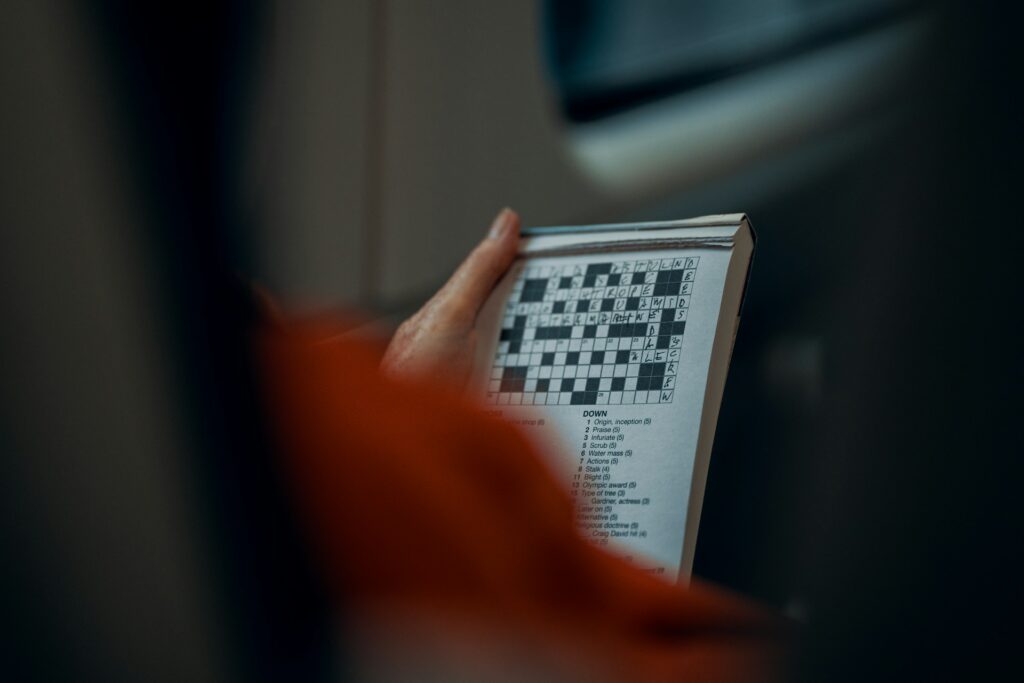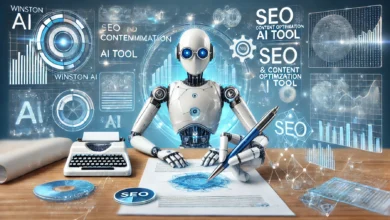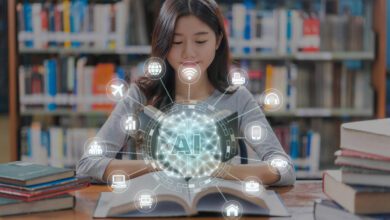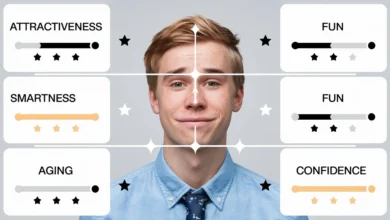
Machine Learning Model NYT Crossword: Easy Insights
In today’s world, where technology is everywhere, even the famous New York Times crossword puzzle is changing. It’s always been made by people who are clever with words. Now, with the integration of Machine Learning Model NYT Crossword, computers are helping make the puzzles, too. This mix of human smarts and computer power is really interesting.
The Traditional Art of Crossword Puzzles
For many years people enjoy working on the crossword puzzle that is available in the New York times. Every day is fun and a challenge to launch the gadget. Academics create these puzzles and people seem to love them because they are difficult and fun. There’s a certain difficulty in making a fun crossword puzzle that is not too easy yet not too difficult; this requires good knowledge of words, cultures and language.
Machine Learning Model NYT Crossword
Natural language processing (NLP) alone as one of the modern computers has revolutionized the way of constructing and solving cross words. I stumbled upon one big thing that these programs do, and it is make clues. They learn from lots of written things that have been done before such as the crossword puzzles, books and news. . When that is done, they can come up with clues that are believable to sounds made by human beings.
Augmenting Human Creativity
These computer systems do not replace individuals or manufacturers who design puzzles. It doesn’t mean that it helps them; rather, it assists them in functioning more effectively. People and computers must again unite to complete puzzles faster and come up with new strategies here. In addition, the said software’s are revolutionizing how the puzzles are solved not merely created.
Solving Methods
With computer programs, individuals are able to use them in solving cross word puzzles. This is because they consider the letters that you had previously placed in the traps and the hints that you have. Then, they attempt to answer the questions accordingly. These programs get to make special tricks in order to guess the best way to do things. With regards to cross word solvers, these programs may well be such as cherished good friends to people who love cross word. They help you by giving indications and suggesting to you the possible answers but they do not rob you of the joy of finding the answers yourself.

Preserving the Essence
Although Crossword puzzles’ solutions can be facilitated with computers nowadays, creativity comes from people. Some things which involve making and solving puzzles could be mimicked by computers to a certain extent but the elements like culture, humor and feelings could never been understood by a computer as it could not comprehend the same way a human being would.
Harmonious Fusion
It was good to see computers and people working on crossword puzzles together. These are applied to get better puzzles and to have improved fun in solving them with the amalgamation of human intelligence with computer intelligence. It is like that good collaboration between human beings and machines, especially in making puzzles all the more interesting and complex.
In the contemporary world that is full of technology integration, combining computer intelligence with crossword challenges is one way of illustrating that human ingenuity is stupendous. So, the New York Times crossword puzzle is mastering the new technologies while keeping the tradition alive. It linked me to the previous and the advanced approaches of enjoying and disposing time.
Examples of AI-Powered Features in Solving NYT Crossword Puzzles
In the world of NYT crossword puzzles, artificial intelligence (AI) has introduced exciting features that enhance the solving experience. Here are some examples of how AI brings new dimensions to puzzle-solving:
1. Smart Clue Suggestions: AI helps by looking at the letters already filled in and suggesting clues that fit the patterns. It makes it easier when you’re stuck.
2. Personalized Hints: AI gives hints that match how you like to solve puzzles, making it more fun and quicker.
3. Instant Error Detection: AI quickly spots mistakes as you go along, so you don’t get stuck on wrong answers. It keeps the puzzle going smoothly.
4. Adaptive Difficulty Levels: AI changes how hard the puzzles are based on how good you are at solving them. This makes sure the puzzle is just right for you.
5. Interactive Assistance: Some AIs let you chat with them to get help with solving strategies or tricky clues. It’s like having a puzzle buddy.
6. Real-Time Feedback: AI tells you right away if your answers are right or wrong. This helps you fix mistakes fast and learn from them.
These AI features make solving NYT crossword puzzles easier and more fun, keeping the tradition alive and exciting.
Human Intuition vs. AI in Crossword Solving
Both human intuition and AI algorithms are important in solving crossword puzzles, but they do things differently:
1. Human Intuition: People use their gut feelings and what they know to guess and fill in answers. This comes from their knowledge, experience, and understanding of language and culture. Intuition helps them think in new ways and connect clues, which can help solve tricky puzzles and make them feel good when they finish.
2. AI Algorithms: AI uses computer power and patterns to look at clues and possible answers. It’s good at handling lots of information fast and can give hints and suggestions based on data and rules. Even though AI can recognize patterns like humans, it doesn’t understand things as deeply or flexibly as people do.
So, human intuition makes solving puzzles personal and fun, while AI helps by giving advice and using data to make solving easier. Together, they make crossword solving exciting and rewarding.
Conclusion
Using AI in the New York Times crossword puzzle is a big change. It helps make puzzles and solving them easier. AI helps puzzle makers create puzzles faster and try out new ideas. It also helps solvers by giving hints and tips without taking away the fun of solving puzzles on their own.
Even with fancy tech, the heart of the NYT crossword puzzle stays human. AI can help with making and solving puzzles, but it can’t copy the special human touch that makes each puzzle cool.
So, mixing AI with humans in the NYT crossword puzzle world makes solving them even more fun, while still keeping the classic feel we all love.
Frequent Asked Questions
Will machine learning models completely replace human constructors in crossword puzzle creation?
No, machine learning models augment the capabilities of human constructors but do not replace them entirely. Human constructors bring a depth of creativity, cultural understanding, and intuition that AI systems currently lack.
How do AI-powered crossword solving algorithms work?
AI-powered solving algorithms leverage techniques such as pattern matching, semantic analysis, and probabilistic reasoning to suggest potential answers based on the letters already filled in and the corresponding clues.
Are AI-generated clues as witty and entertaining as those created by human constructors?
AI-generated clues can mimic the style of human constructors but may lack the nuance and humor that characterize human-made clues. However, they can still offer challenging and fair clues for solvers to enjoy.
Do AI-powered solving algorithms take away the challenge of solving crossword puzzles?
No, AI-powered solving algorithms serve as valuable companions for solvers, offering hints and insights without entirely replacing the thrill of independent puzzle solving. They enhance the solving experience by providing assistance when needed.



